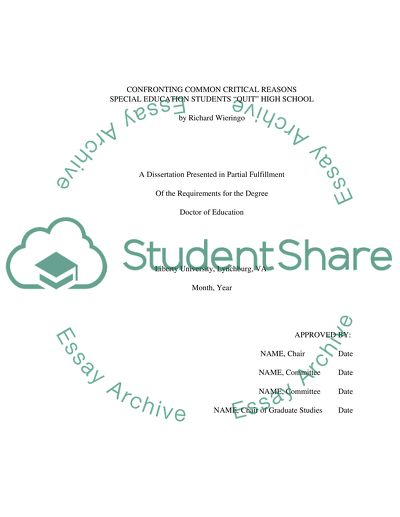Cite this document
(“Why Special Education Students Dont Graduate From High School Dissertation”, n.d.)
Retrieved from https://studentshare.org/education/1414932-why-special-education-students-dont-graduate-from-high-school
Retrieved from https://studentshare.org/education/1414932-why-special-education-students-dont-graduate-from-high-school
(Why Special Education Students Dont Graduate From High School Dissertation)
https://studentshare.org/education/1414932-why-special-education-students-dont-graduate-from-high-school.
https://studentshare.org/education/1414932-why-special-education-students-dont-graduate-from-high-school.
“Why Special Education Students Dont Graduate From High School Dissertation”, n.d. https://studentshare.org/education/1414932-why-special-education-students-dont-graduate-from-high-school.


